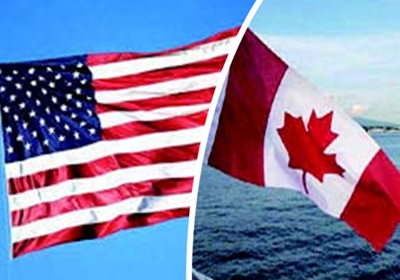
United States
The US Federal Government’s $ 2.2 trillion economic aid program “Coronavirus Assistance, Relief, and Economic Security Act (CARES Act)” was launched on April 3rd, including the self-employed, providing them with $ 600 a week as unemployment subsidy. In addition to the financial support in each state, the self-employed who cannot work could receive a subsidy of $ 800-900 per week and continuously up to four months.
In addition, the “Paycheck Protection Program (PPP)” launched for small businesses and the self-employed, with the support of the existing loan network of 1,800 financial institutions of the US Small Business Administration, from April 3rd to June 30th, 2020, provides preferential loans for SME owners and the self-employed individuals to cover the fixed costs of operations, including eight weeks of employee salaries, rent, interest on mortgage loans and cost of water, electricity, and gas. This kind of loans are free of repayment.
Economic Injury Disaster Loan (EIDL), of which 10,000 USD in Emergency Advance can be free of repayment. Similar to the PPP applicants, EIDL covers most of the SMEs and the self-employed individuals. Applicants do not need to submit tax returns or personal guarantees. They are evaluated based on their credit score. The Small Business Administration (SBA) will provide an advance payment within three days after completing the application. The ceiling amount of the Economic Injury Disaster Loan is 2 million dollars, the interest rate is 3.75%, the repayment period is 15-30 years, and more than 25,000 dollars need to be mortgaged. In addition to the Emergency Advance of 10,000 dollars, other loans need to be repaid. The Emergency Advance of 10,000 dollars can be used to pay employee wages, employee sick leave wages, rents, mortgages, and costs for production and management.
Canada
The Canadian government announced on March 25th that the self-employed individuals who cannot get normal sick leave wage if they are diagnosed with Covid-19, or are required to be quarantined, can apply for sick leave or quarantine subsidies from the Canada Emergency Response Benefit (CERB). It requires that the applicant must be a Canadian citizen over 15 years old and have an income of at least $ 5,000 in 2019. The application can be sent through the online platform, and the qualified individuals can get a subsidy of $ 2,000 every four weeks for up to 16 weeks.
Besides, Emergency Care Benefit can provide up to 900 dollars in two weeks for at large 15 weeks. The subsidies are mainly for employees and the self-employed who need to take care of the diagnosed family members (such as elderly parents); employees and the self-employed who have to take care of the children due to suspension of schools and kindergartens.